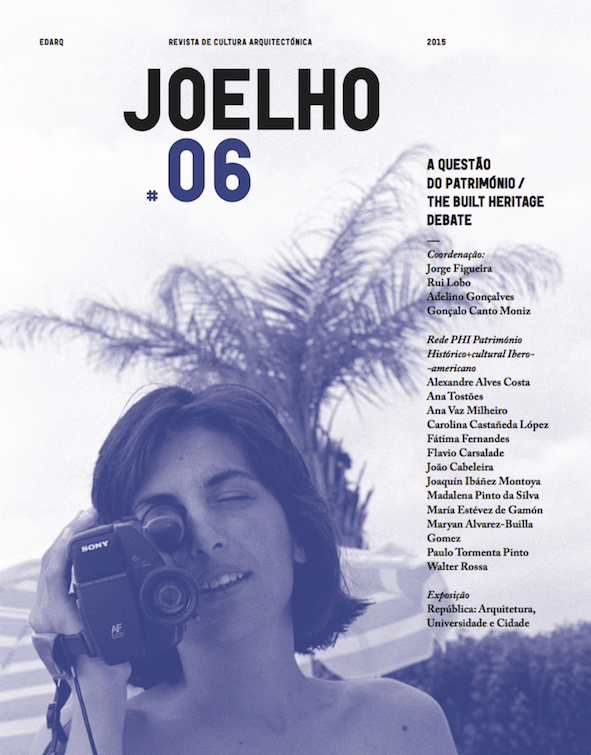Chronicle of a death foretold. Or when a National Monument fails its status.
DOI:
https://doi.org/10.14195/1647-8681_6_5Palavras-chave:
National Monument, heritage, classification, Church of S. Domingos of Coimbra, heritage policiesResumo
The main goal of every heritage application is to achieve a nomination status to safeguard a property and guarantee its protection so that future generations may inherit some important values that contributed to creating a collective identity.
However, that legacy depends on how and what should be protected, which implies a previous selection, which means a policy. To achieve this, any approach to classify a property should be based on a collective reflection about its significance. So, a patrimonial nomination is a juridical and legal status that attributes a value to a place as “heritage”. Nevertheless, that title may not be sufficient to guarantee the property’s most appropriate recognition, understanding or even appreciation of those who manage it, who use it.
The aim of this article is to analyse the quality of the declassification decision approved concerning S. Domingos Church in Coimbra. It had been a National Monument since 1910, with a part included within the limits of the property nominated World Heritage by UNESCO, on the 22nd of June, 2013.
To achieve that purpose, this work intends to analyse the chronicles of the technical and the historical process by examining them in relation to some pertinent texts that have contributed to the evolution of the concepts and the best practices in the field of heritage, as well as the national and international legal norms and regulations in use.
It is not this paper’s intention to judge the decisions that were taken and justified technically and then accepted by those with the highest political responsibility. But it is this work’s intention to study this process so that heritage players may be better prepared to confront and deal with similar situations in the future. Heritage is a profitable resource that should be promoted and it is the community, in this case, the global one, that could lose the attributed value status by a long-predicted death.
In this sense, it is our understanding that the most responsible stakeholders, such as the community itself, should be more vigilant for the future, because its common responsibility to pass on a value that was important for the creation of their cultural identity in the past, that it is still important and should, presumably, be important tomorrow.
Downloads
##submission.downloads##
##submission.additionalFiles##
- Fig. 1 – Plan of the Church of São Domingos with the demolition of the buildings on the north side to construct the new street. (English)
- Fig. 2 – Section AB (English)
- Fig. 3 – The construction of the new street (north side) and Rua da Sofia (east side) (English)
- Fig. 4 – The present view of Rua João de Ruão (north side) and Rua da Sofia (east side). (English)
- Fig. 5 – The Tesoureiro Chapel integrated in the MNMC facilities. (English)
Publicado
Edição
Secção
Licença
Acesso Livre
Autores que publicam nesta revista concordam com os seguintes termos:
a. Autores conservam os direitos de autor e concedem à revista o direito de primeira publicação, com o trabalho simultaneamente licenciado sob a Licença Creative Commons Attribution que permite a partilha do trabalho com reconhecimento da autoria e publicação inicial nesta revista.
b. Autores têm autorização para assumir contratos adicionais separadamente, para distribuição não-exclusiva da versão do trabalho publicada nesta revista (ex.: publicar em repositório institucional ou como capítulo de livro), com reconhecimento de autoria e publicação inicial nesta revista.
c. Autores têm permissão e são estimulados a publicar e distribuir o seu trabalho online (ex.: em repositórios institucionais ou na sua página pessoal) a qualquer ponto antes ou durante o processo editorial, já que isso pode gerar alterações produtivas, bem como aumentar o impacto e a citação do trabalho publicado (Veja O Efeito do Acesso Livre).





